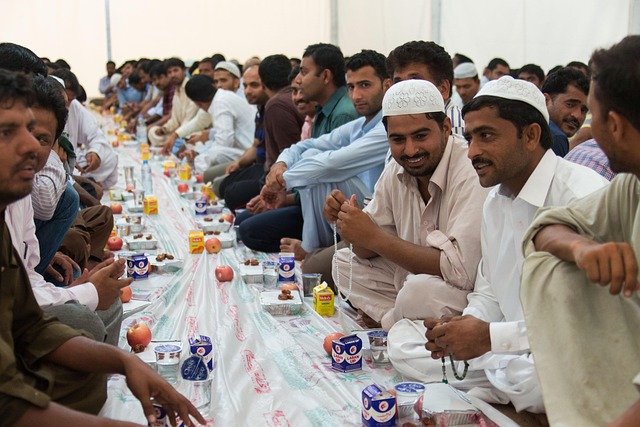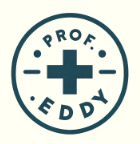The 3 Powerful Truth of its Cultural Constitution: Unlocking a Nation’s Code(Ramadan)
Just as individuals have a unique constitutional makeup, so do nations. While a country is composed of people with all eight constitutions, certain types often become dominant within a specific region. This collective makeup shapes what we call “national character.” When we view a nation as a single organism, its personality is deeply correlated with its dominant constitution.
The importance of geopolitics, famously highlighted in Jared Diamond’s Guns, Germs, and Steel, is reflected in this constitutional distribution. A region’s environment, its available food sources, and its climate all influence which constitutions thrive, ultimately shaping a nation’s identity and Cultural Constitution.
For example, Korea is a peninsula surrounded by the sea, offering a diverse food supply that allows all eight constitutions to coexist relatively evenly. However, for various historical and cultural reasons, the national character leans strongly toward the Gastrotonia (To-yang) type. As a result, even non-Gastrotonia Koreans often exhibit Gastrotonia-like traits.
This same lens can be applied to understand cultures that might seem perplexing from the outside. I have often found that many aspects of Arab and Islamic cultures become clearer when viewed through the attributes of the Vesicotonia and Renotonia constitutions. While I hope to one day confirm this through direct clinical observation, here are three compelling arguments for why these types likely form the core of the Islamic Cultural Constitution.
1. The Prohibition of Pork: A Law of Constitutional Health?
In the West, bracken (a type of fern) is often considered

a toxic plant and is not eaten. This is fascinating because bracken is particularly harmful to the Tae-eum constitutions (Hepatonia and Cholecystonia). While Western bracken may be more toxic, it’s also true that these constitutions are highly prevalent in Western populations. The cultural avoidance of a food may be an unconscious, collective form of public health.
Could the same logic apply to the Islamic prohibition of pork? It’s highly plausible. The birthplace of Islam may have been a land where Vesicotonia and Renotonia individuals were the majority. Since pork is detrimental to their health, the religious law forbidding it could have originated as essential health guidance for the population. A wise religious leader would not create laws arbitrarily; they must contain wisdom for living a healthy life.
There’s also a chicken-and-egg scenario to consider. The prohibition of pork could have created a survival-of-the-fittest environment where constitutions that thrive without pork (Vesicotonia and Renotonia) flourished, while others who rely on it for strength may have diminished over generations.
2. The Wisdom of Ramadan: A Fast for a Specific Body Type
Unlike many other religions, Islam tends to view overeating and obesity as sinful. This perspective aligns perfectly with the lifestyle wisdom of Vesicotonia and Renotonia types, for whom moderation is key to health.
This is most evident during Ramadan. This period of fasting occurs during the hottest month of the year, and eating is forbidden during the day. Reducing food intake during the heat of the day is exceptionally beneficial for these two constitutions. They tend to become most exhausted in the heat, and overeating would severely tax their digestive systems. For them, a proper fast is akin to a period of restorative rest.
The most crucial takeaway is this: for other constitutions, this type of fasting is incredibly difficult. A Pancreotonia or Gastrotonia individual would struggle immensely. What is a restful practice for one Cultural Constitution is a grueling ordeal for another.
3. The Unwavering Core: Understanding Conflict and Conviction
In terms of physical stamina and endurance, Vesicotonia and Renotonia types may not be the strongest. However, their inner resolve is like steel. Their primary element is Water (水), which has a natural tendency to condense and solidify. This applies to their mentality as well; they can condense their beliefs into an incredibly hard, unshakeable core.
They are the epitome of “soft on the outside, strong on the inside.” They do not bend easily for their own sake or for the sake of their group. While not stubborn about trivial matters, they will willingly sacrifice their lives for core principles like religion. Once a line is crossed, it is nearly impossible to turn them back.
Another trait is their tendency to form strong, cohesive groups. This preference for clear “in-groups” and “out-groups,” combined with their powerful conviction, helps to contextualize the intensity behind some religious conflicts. It’s a trait of this specific Cultural Constitution, suggesting that these struggles may persist due to this deep-seated nature.
While there are many more traits to discuss, the conversation can easily drift into negative territory, so I’ll stop here. My deepest wish is for peace on Earth.
For the original Korean text, visit here.
If you’re curious about the basics of traditional Korean medicine and health, read the following article:
The Truth About 8 Constitution Medicine: A Revolutionary Healing Framework Explained
Learn Why Studying JangSang Medicine is Important.
Frequently Asked but Silly Questions (Foods Good for the Liver??)
